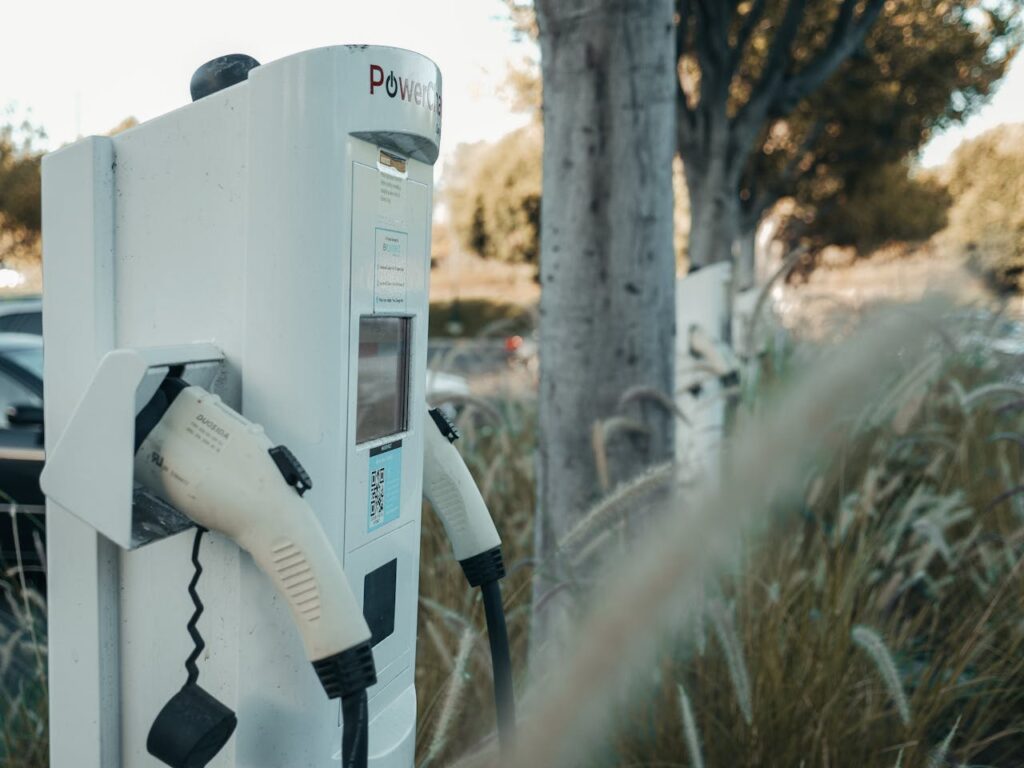Electric Vehicles (EVs) have become the poster child of the clean energy movement. With governments offering subsidies, automakers going all-in on EV production, and climate-conscious consumers eager to ditch gasoline, the EV revolution seems unstoppable.
But is this green transition as clean as it looks?
While EVs offer significant environmental benefits during use, their production—especially of batteries—comes with environmental costs that deserve equal attention.
Let’s break down the real environmental impacts of EVs, from tailpipe to factory floor.
🚘 The Good: Zero Emissions on the Road
One of the biggest selling points of EVs is that they don’t emit any tailpipe pollutants.
✅ Daily Driving Benefits:
- Zero CO₂ emissions during operation – unlike internal combustion engine (ICE) vehicles.
- No tailpipe pollutants such as nitrogen oxides (NOx) and particulate matter (PM2.5), which contribute to urban air pollution, respiratory illnesses, and smog.
- Regenerative braking systems reduce brake dust, further minimizing urban particulate emissions.
🌍 Global Impact:
According to the International Energy Agency (IEA, 2023):
- A mid-sized EV emits up to 60% less CO₂ over its lifetime compared to a similar gasoline car (based on global average electricity mix).
- As electricity grids become greener, this benefit grows significantly.
🏭 The Bad: Manufacturing and the Hidden Carbon Cost
⚙️ Battery Production Is Energy-Intensive
The lithium-ion battery—the heart of an EV—is also its environmental weak point.
📊 Key Data:
- Manufacturing an EV battery can emit up to 74% more CO₂ than producing a conventional vehicle engine, depending on the region’s energy mix (Source: IVL Swedish Environmental Research Institute).
- It can take 30,000–50,000 km of driving for an EV to offset the emissions created during battery production (depending on energy sources and vehicle type).
🧪 Raw Material Extraction: Lithium, Cobalt, and Environmental Damage
- Lithium Mining (mostly in South America) uses vast amounts of water in dry regions, threatening local ecosystems and communities.
- Cobalt, mostly mined in the Democratic Republic of Congo, raises serious concerns of child labor, unsafe working conditions, and environmental pollution.
- Nickel and rare earth metals extraction causes deforestation, soil degradation, and heavy metal pollution in waterways.
🔁 While recycling of EV batteries is developing, only about 5% of lithium batteries are recycled globally today.
⚖️ Balanced Perspective: Comparing Lifetime Emissions
Let’s compare the lifecycle emissions of EVs and ICE vehicles.
| Vehicle Type | Manufacturing Emissions | Use Phase Emissions | Total Lifecycle Emissions (over 150,000 km) |
|---|---|---|---|
| Gasoline Car | Low | High (~200 g CO₂/km) | ~35–40 tons of CO₂ |
| EV (EU Grid) | High | Low (~60 g CO₂/km) | ~15–20 tons of CO₂ |
| EV (100% Renewable) | High | Zero | ~6–10 tons of CO₂ |
Conclusion: Even with higher manufacturing emissions, EVs still outperform ICE vehicles in total emissions over their lifetime—especially if powered by renewable energy.
🌿 The Future: How to Make EVs Truly Green
To ensure EVs are truly sustainable, several improvements must be made:
- Greening the Grid
The cleaner the electricity, the greener the EV. Investing in solar, wind, and hydro is key to lowering EVs’ operating emissions. - Sustainable Mining & Ethical Sourcing
Companies and governments must push for transparent, ethical, and less damaging mining practices, along with better worker protection. - Battery Recycling Innovation
Expanding battery recycling and building a circular battery economy will reduce the need for new raw material extraction. - Smaller, Smarter EVs
Not all EVs need to be SUVs. Compact EVs consume fewer materials and energy, reducing their total footprint. - Second-Life Batteries
Repurposing old EV batteries for energy storage systems can extend their usefulness and reduce waste.
🧠 Final Thoughts: Not Perfect, But Progress
Electric Vehicles are not a perfect solution—but they are a necessary step toward decarbonizing transportation. The key is to look at the entire lifecycle, not just the tailpipe.
Yes, EVs shift some emissions from roads to mines and factories. But when paired with clean electricity, ethical practices, and better recycling, they offer a significantly cleaner path forward than the fossil-fuel status quo.
In other words: EVs don’t save the planet—but they give us a better chance.
🚗💬 What’s your take on the EV transition? Are we moving fast enough—or ignoring the fine print?
Would you like this formatted for WordPress, or want a social media teaser to go with it?

